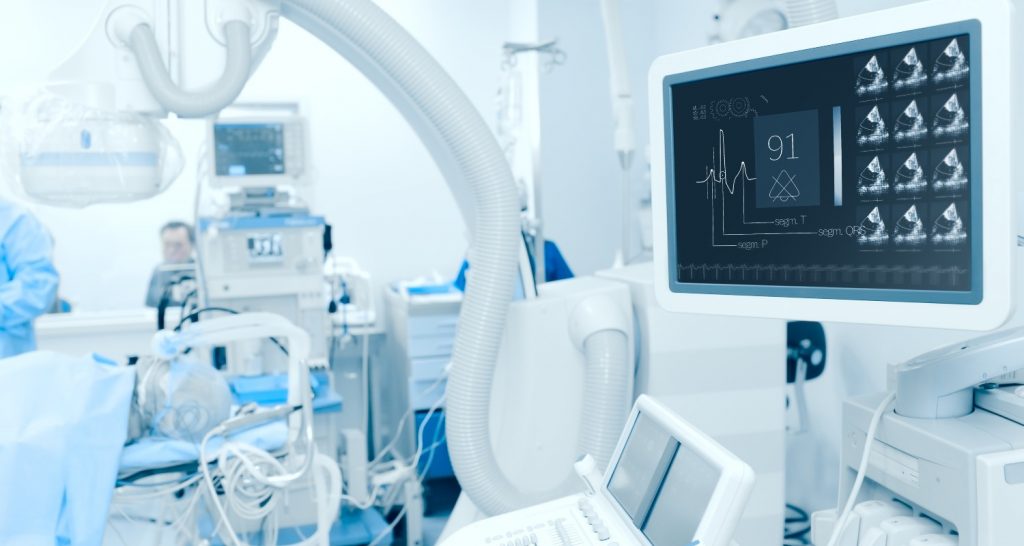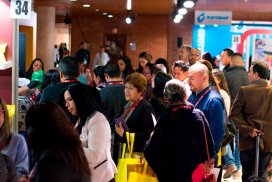By Andrea Menchaca, journalist of El Hospital and Alejandra Leguizamón, editor of El Hospital
In northern Mexico, in Baja California state, medical device manufacturing has become a relevant investment and expansion factor. The background that has made this region attractive to the development of a medical device production ecosystem is related to the maquiladora industry that has been promoted since the last century through tariff and tax incentives and has been central to the economy of this state.
Miguel Angel Díaz Alonso, treasurer of the medical device cluster in Baja California, points out that all this experience has made the region currently have knowledge, programs and services and infrastructure that make it attractive to manufacturing companies. “We are an ecosystem made up of own brand companies that make different items to other corporate ones,” says Díaz Alonso. The origin of investment capital is 86% in the United States, 6% from Italy and 5% from Germany and other countries such as New Zealand and Iceland.
The employer indicates that there are currently 76 companies that generate more than 71 thousand jobs; 48 are in Tijuana, and the others are in Mexicali, Ensenada, Tecate, and Rosarito. “We closed last year with a growth of about 9%, compared to the national average which was 4.8%.” As for what is made in Baja California, capital investment is in the range of 55% to 58%.
This is attributed to the that they are not fashionable or luxury products, but because they are related to health, disease treatment and quality of life, they are necessary and cannot be postponed, unlike other products.
“In Mexico we can grow a lot. The advantage we have in the region is that we do not depend on the Mexican market, nor on sales to the government, everything we do is exported, so fortunately we have that appeal”, says the also Ceo of Quality Assemblies Mexico.
The cluster treasurer notes that the medical device manufacturing industry has been at the forefront of implementing technologies for Industry 4.0, because they handle automated processes and, by government standards, must have traceability of each party they produce, so they incorporate information analysis and big data to handle it.
“By working together, the results are being produced and the whole area is being conditioned, the whole environment so that someone who arrives says: yes, here I stand”, highlights the businessman Díaz Alonso.
The Baja California Medical Device Cluster also has partnerships with other agencies to exchange information or rely on aspects such as import or export regulations and therefore its relationship with Index Juarez – Maquiladoras Association, A.C.; they also have an area to serve relationships with government, both state, municipal, as well as suppliers.
Slow but sustained growth due to the pandemic.
Working for the health sector, the manufacturing of medical devices in this region never stopped with the advent of the COVID-19 pandemic. “We slowed the pace of manufacturing in some lines because the raw material came from China or Europe and because other products began to be ordered,” says Díaz Alonso. To work at the pace required by the pandemic, the plants further extremed the biosecurity and hygiene processes and protocols they already had in place.
In terms of exports, there have been small changes in two scenarios. On the one hand, even though they had some materials in the hold to maintain production, several of these products come from China and Europe and when they changed shipping logistics, they had delays in obtaining the necessary raw material.
On the other hand, because they have another type of raw material to manufacture personal protective elements and disinfection products – more requested to mitigate the pandemic – sales were four times higher.
However, the 9% growth they projected for this year at the pace they brought since last year will not happen. It is not a matter of backwardness, but an adjustment due to the effects of the pandemic on the world economy. “This year is likely to see growth similar to what we brought in the last five years prior to 2019 between 6% and 7%,” says the entrepreneur. The reasons are due to certain restrictions they have had on goods movements and also some purchase orders that have been stopped. Anyway, “already with the fact that we can grow, he speaks very well of the sector”.





